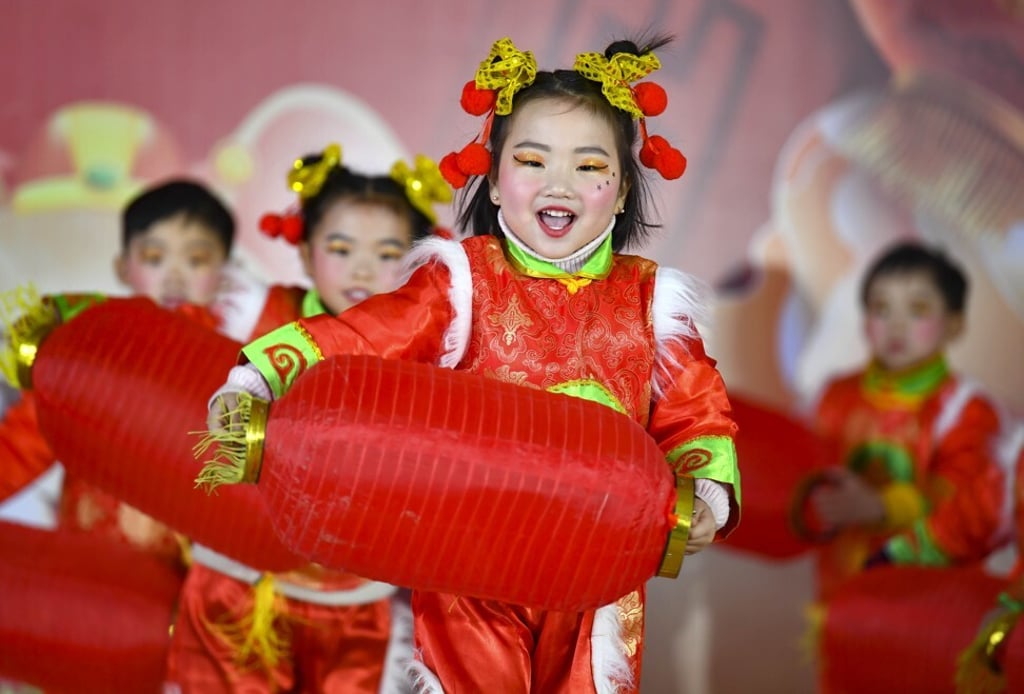How did the Lunar New Year festival arise – and what’s with all the lions, lanterns and fireworks, anyway?

As 1.5 billion people this week celebrate the arrival of the Year of the Rat, we delve into the rich Chinese New Year traditions – from a people-eating monster called Nian to today’s Spring Festival
Red lanterns, mouse year decorations and the festive music booming from every corner are all reminders that the Lunar New Year is only a few days away. As the longest holiday in Hong Kong, Lunar New Year is the most important festival of the year for the Chinese community, celebrated by an estimated 1.5 billion people globally.
But did you know that historically Chinese New Year once fell around October? So how did the festival become the way it is today?
The word for ‘year’ is actually the name of a monster
Like any other ancient cultural tradition, there are numerous magical mythologies to explain the origins of the Lunar New Year festival. The most widespread one talks of a monster called Nian, which means “year” in Chinese. It is said that Nian hid in the mountains (although some versions say it was under the sea) and came out once a year during winter, to feast on crops and villagers. Terrified families would gather on the eve of Nian’s arrival, staying up the whole night waiting for the threat to pass. This is what later became Shou Sui ceremony on New Year’s Eve, when many modern families still stay awake together throughout the night.

As communities gained experience in battling Nian, they found out its weakness – fire, the colour red and loud sounds. Hence people started putting up red posters and lanterns, lighting fires and setting off firecrackers. These methods successfully scared off Nian, and they have been preserved as celebrations for defeating the monster to this day.
There are many versions of this tale, and the main difference is that the monster has various names and the tales incorporate different Chinese New Year ceremonies into the divergent plots. But in a way, they all trace the celebrations back to the annual fight with that same monster.
When did the festival start?
